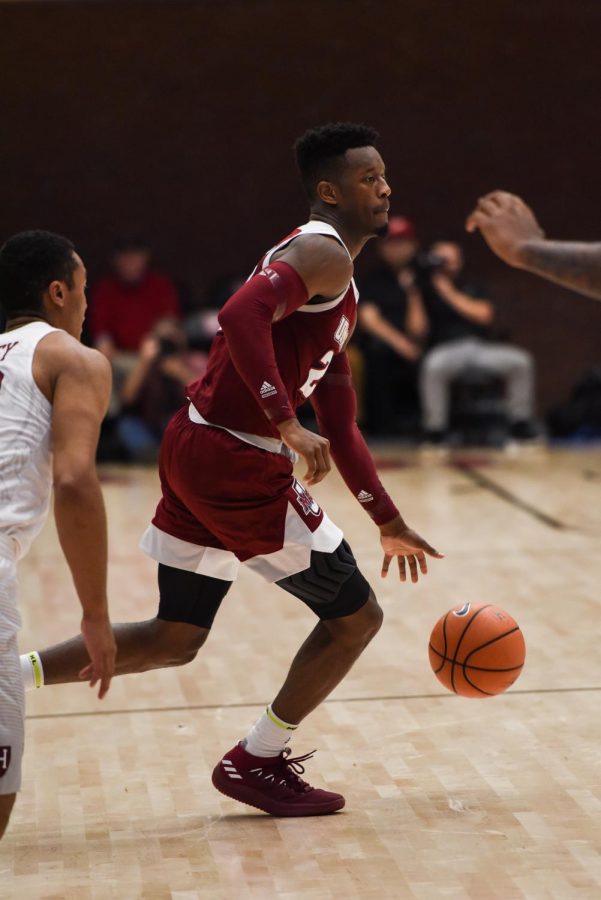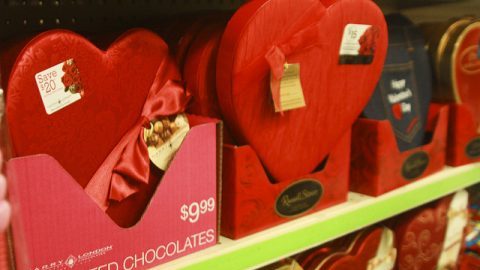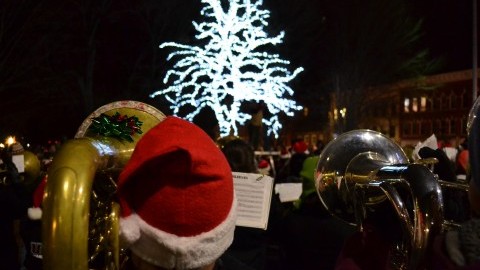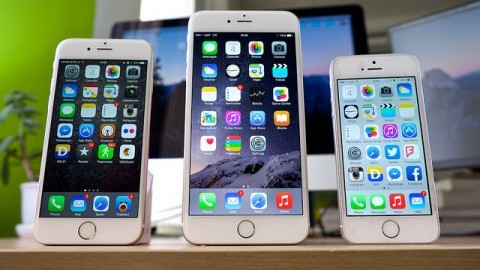
Fashion shows have been turning heads ever since their creation in the late 1800s. As society has evolved and changed its social boundaries, fashion has also evolved and changed alongside it. Designers pack venues with the most elite celebrities, photographers and journalists to ensure that their designs become well recognized.
The formulaic approach to fashion shows has proven successful for generations, and it was only recently that designers decided to innovate this mold to incorporate performance elements like nontraditional music, art and dance.
A prime example of this new performance appreciation amongst designers is Kanye West’s launch of his Yeezy Season 4 line.
Kicking off New York Fashion Week, his show was received and evaluated as more of a performance piece than a fashion show.
West started the show by bussing his audience from Chelsea, New York to Roosevelt Island in an act of mysterious prelude. Once the guests arrived, they observed a slew of models – both famous models and those who answered West’s casting call on Twitter – standing in a triangular formation in the middle of grassy field.
Mere hours after West’s Season 4 show, Tom Ford premiered his fall/winter line for 2016 contributing to the “see now, buy now” craze taking over fashion weeks all over the world.
Like West, Ford decided to turn his show into an experience, and aired on the side of performance art. He turned his show into a glamorous multi-course dinner that included celebrity guests Tom Hanks, Rita Ora and Karlie Kloss.
Adding to the charm of the night, soul singer Leon Bridges accompanied by two guitarists played during the dinner creating an atmosphere of serenity at the Four Seasons.
With an already prestigious reputation in the fashion world, Ford’s decision to embrace performance elements of role playing and live music only elevated this.
The “Gatsby-esque” experience put the audience straight into the world of Tom Ford and his imagination, as opposed to simply viewing Ford’s designs.
But innovations of the traditional fashion show at NYFW didn’t stop there.
Michael Kors had singer Rufus Wainwright perform live during his show. Designer Tommy Hilfiger’s nautical collaboration with Gigi Hadid took place on Pier 16 with various carnival rides, booths and cotton candy machines.
Ralph Lauren shut down an entire block of Manhattan turning the sidewalk into a runway.
This trend of changing fashion shows into entire performances has so far been mostly showcased at New York Fashion Week, but not exclusively.
In Milan, Dolce and Gabbana presented its latest season in a jazz lounge with the none other than New York-based jazz band, The Hot Sardines, playing light-hearted dance music as the models wore nostalgic designs inspired by the jazz lounges of the 1940s.
As fashion weeks are coming to a close globally – excluding Paris, which ends Oct. 5 – the new idea of runway performance and pushing the boundaries in runway presentation is catching fire. Runways are no longer glimpses into the designer’s world, they are becoming a way to not only see the designer’s work but to also see their work in the atmosphere the designer envisioned them in. The point is fashion isn’t one dimensional. It’s not meant to stay plainly on a platform, but to exist in everyday life, worn by everyday people.
Ralph Lauren showed his consumers that his clothes are more than a runway. Dolce and Gabbana envisioned its clothes being danced in, so it took the runway to a jazz lounge. We have now entered the era of clothes for carnivals at the pier, for dancing at jazz clubs, and even exclusive dinner parties. The new era of runways is the end of clothes made for and only worn on the runway; this is the era of clothes for living.
Samantha Gonda can be found at [email protected].


















